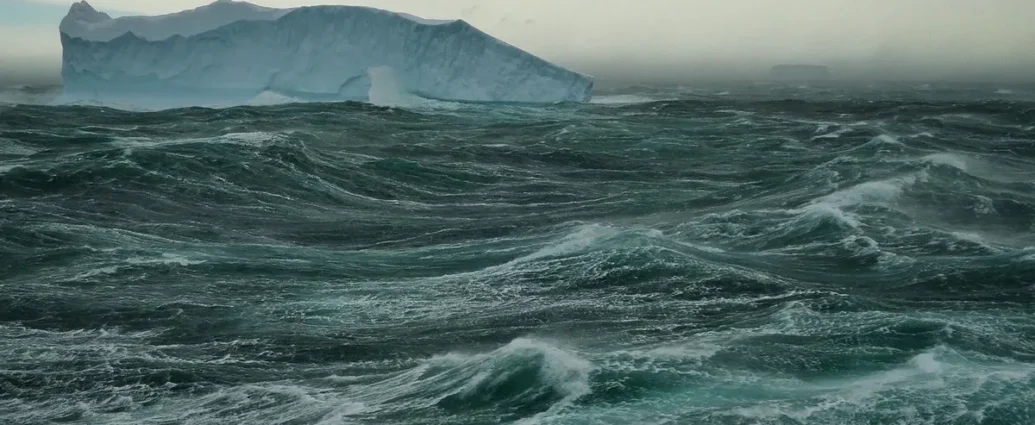The fight against climate change intensifies. We inch towards renewables, but immediate solutions for scorching temperatures and rising seas are crucial. Enter geoengineering – large-scale projects manipulating the climate. Ideas include reducing sunlight or sucking carbon from the air to buy us time.

Now, a novel geoengineering concept is emerging. At least twelve startups are aiming to supercharge the oceans’ carbon absorption capacity, letting nature handle the rest. Sounds intriguing, right? But hold on.
Our oceans already absorb a staggering 25-30% of atmospheric carbon. Human emissions push them to their limit. As carbon stores rise, seawater acidifies, harming marine life and making oceans hostile.
These startups assure us they won’t further burden the oceans. One utilizes an electro-chemical technique to remove carbon from seawater, enabling the oceans to naturally store more. Estimates suggest this could capture up to a million metric tons – four times the entire carbon removal industry to date!
Another company, Vesta, dissolves sand and olivine (a common mineral) in seawater to achieve a similar outcome. The removed carbon is then ideally buried or transformed into construction materials.
It all seems neat, but questions linger. How safe are these chemical processes for the ocean? Even with government support, the carbon removal industry struggles financially.

Scaling these approaches is also a concern. Currently, their impact is minimal. Vesta will only remove 6,000 metric tons over a few years – though funding could change that.
Ocean supercharging holds promise, but more research is needed. The delicate balance of our oceans cannot be further jeopardized. While scaling offers hope for a significant impact, financial constraints pose a hurdle. This technology remains a gamble – a gamble with potentially game-changing rewards, but also potentially devastating consequences.
Reference- The Wall Street Journal report, Futurism, Vesta website, The Verge







